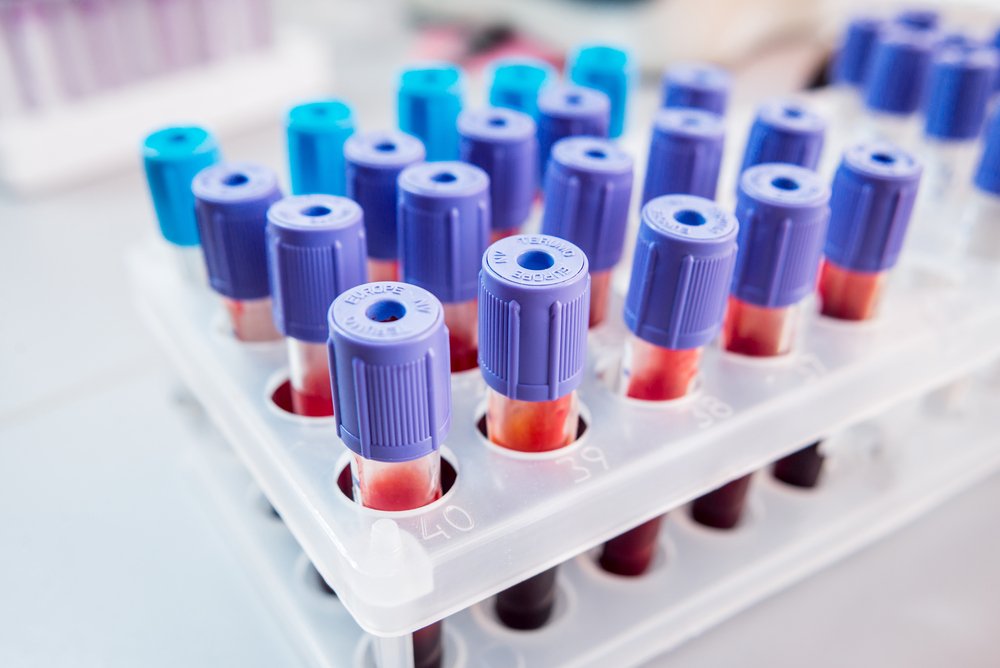Researchers Propose NfL as New Blood Marker of Huntington’s Disease Onset, Progression

A factor called neurofilament light (NfL) may act as a biomarker of progression in Huntington’s disease, as blood levels of the molecule increase with more severe neurodegeneration.
However, the factor also might offer a better means to predict disease onset in people carrying huntingtin mutations, as demonstrated in the study, which was published in The Lancet Neurology.
The research team from the University College London Institute of Neurology analyzed blood samples of 201 people carrying huntingtin mutations, and compared them to 97 control subjects. The participants had been part of a study searching for Huntington’s disease biomarkers, and now were studied retrospectively.
According to the study, “Neurofilament light protein in blood as a potential biomarker of neurodegeneration in Huntington’s disease: a retrospective cohort analysis,” about half of mutation carriers were in various stages of so-called pre-manifest disease.
At the study’s start, those with huntingtin mutations had higher levels of NfL than controls. Levels of the factor also rose as the disease progressed. NfL concentration became higher with age in both healthy people and Huntington’s patients, but in patients, it also was linked to the type of mutation (number of three base-pair repeats in the mutated gene).
Also, a variety of symptom measurements and brain scan findings could be linked to NfL concentrations at any given time point among patients and the levels could predict brain tissue loss, as well as declines in cognition, and overall function over time.
This was true for the majority of measurements, too, when researchers took into account a patient’s age and the number of repeats in the mutated gene.
NfL measurements also could predict the onset of symptoms among people with pre-manifest Huntington’s disease. Those with higher NfL levels at the beginning of the study largely progressed, while people with comparatively lower levels did not.
NfL is a protein present in neurons. While all the correlations indicated that the molecule was linked to disease progression and neurodegeneration, researchers did not know if blood levels mirrored what was going on in the brain.
So, in another group of 37 patients and controls, the research team compared blood levels to those measured in the cerebrospinal fluid. Brain concentrations of NfL were much higher than that found in the blood, but in both patients and controls the levels in the two fluids were related.
Their findings prompted the team to propose that NfL be used as a biomarker of disease onset, progression, and neuronal damage in Huntington’s disease. And, although more studies are needed to validate the potential marker, the team recommended future clinical trials to include measurements of the factor.






